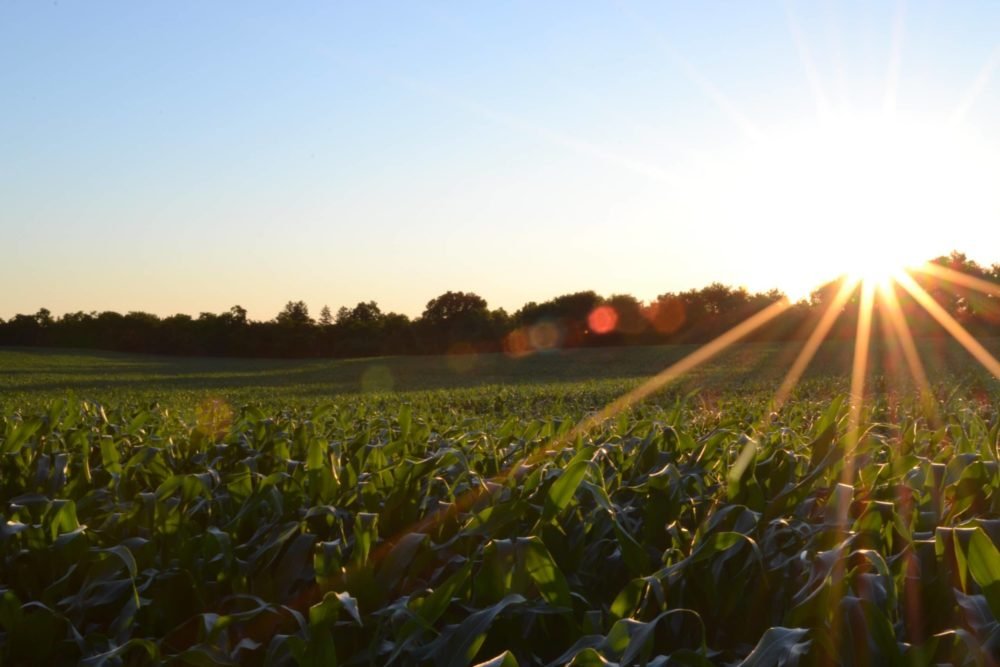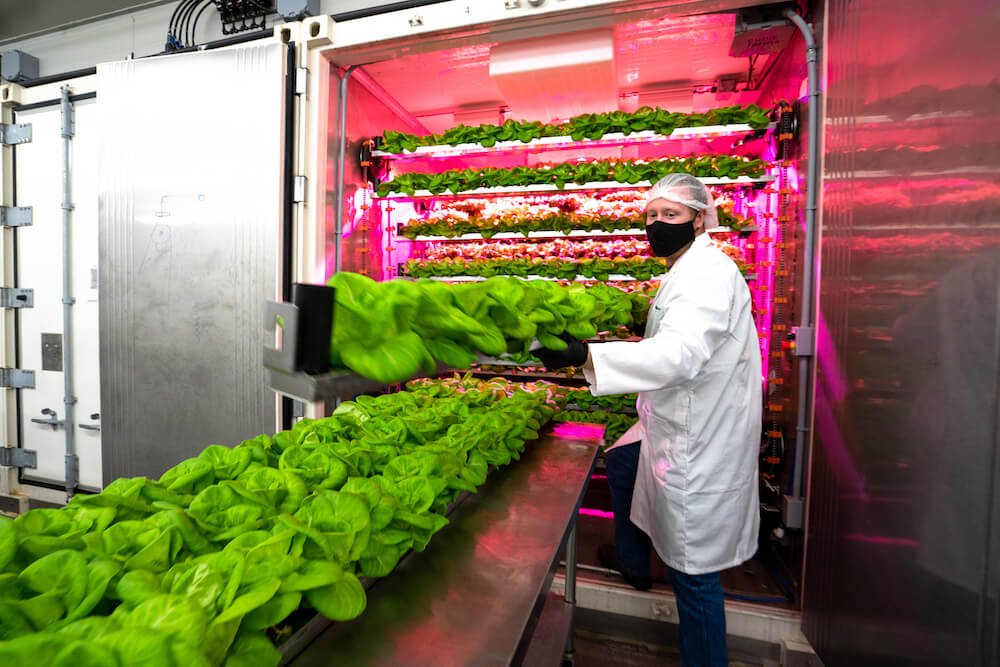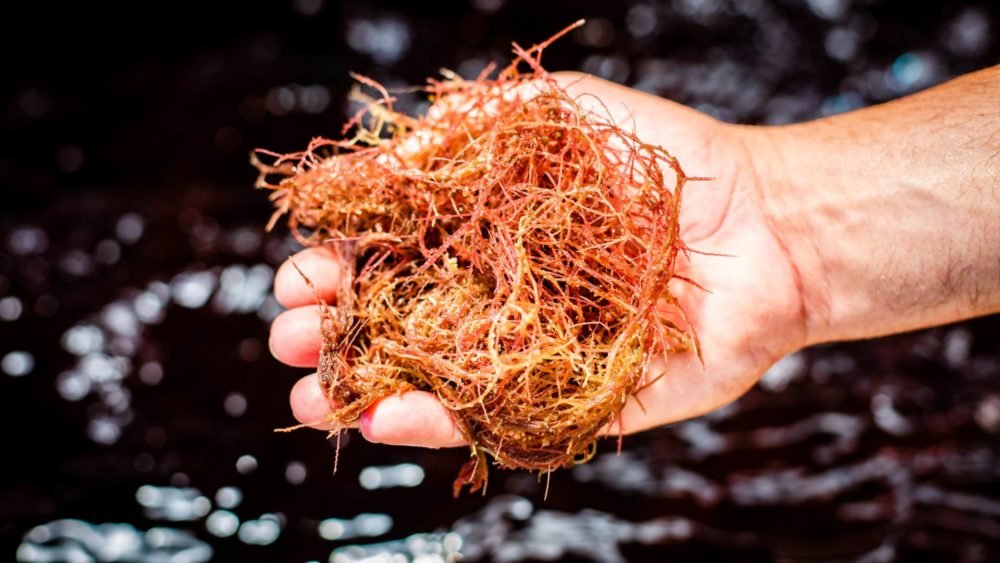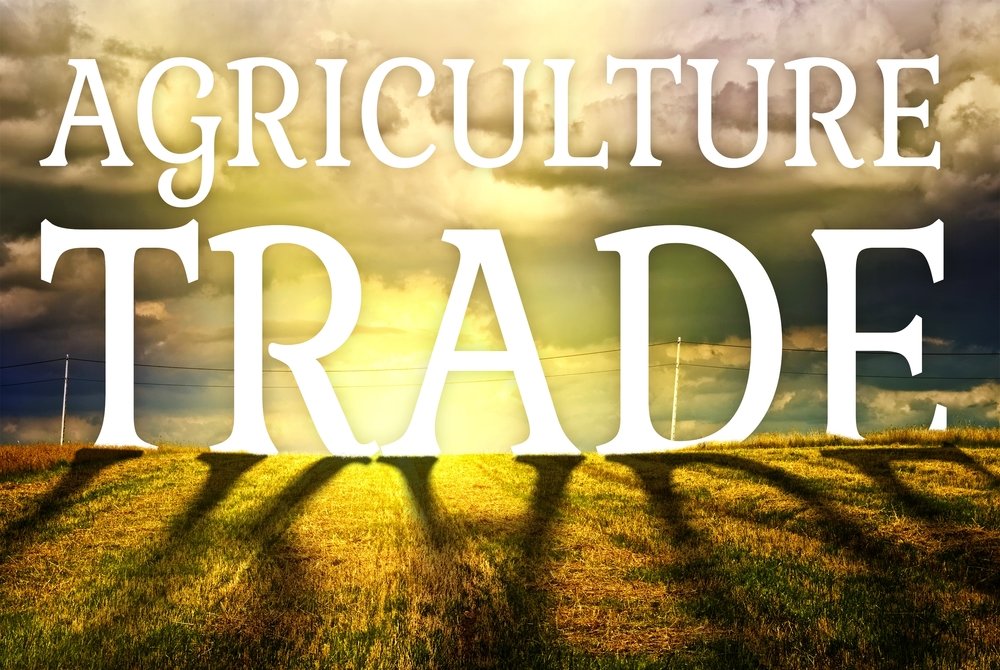“Resilience” is a word that comes up a lot when we talk about the war in Ukraine, with news outlets around the world zeroing in on the courage of Ukrainians and their willingness to stand together in the face of Russia’s ongoing attacks and the atrocities of war.
Apparently less resilient at the moment is our global food system; after getting battered by Covid-19 disruptions, it is now undergoing further shocks from a war that’s putting food supplies at risk for millions.
Long known as the breadbasket of Europe, Ukraine feeds roughly half a billion people globally and is one of the world’s largest exporters of agricultural goods. Russia’s invasion has significantly disrupted Ukraine’s agricultural industry and its ability to export staple crops like wheat to parts of the world reliant on them such as the Middle East.
While farmers across the country still managed to plant over 90% of their typical crop — highlighting the incredible resolve of the country’s farming population — port closures and the Russian Black Sea Blockades have created a backlog of commodities waiting to leave the country via the usual routes. Reduced grain supply from all this has the world on the brink of what the head of the World Food Program recently called the worst global food crisis since World War Two.
But war alone didn’t cause the crisis. As panelists at a recent roundtable discussed, the geopolitical situation in Ukraine has exacerbated the growing number of problems brought about by climate change.
Six leaders from the global food and ag industry joined AgFunder and Intellias on LinkedIn LIVE to discuss how Russia’s invasion of Ukraine has impacted global agriculture, and what we can all do to make our food system more resilient in its wake. But it didn’t take long for the conversation to turn to the deepening problems facing the agriculture industry — and humanity at large — from global warming and increasingly erratic climate events. [Disclosure: AFN’s parent company is AgFunder.]
Panelists didn’t mince words when assessing the current situation.
“It’s one of the most extreme, if not the most extreme [situations] I’ve seen in my career,” James Henegan, SVP of agribusiness at ag analytics company Gro Intelligence, said. “The confluence of successive droughts, successive supply [chain] shocks, now a war, now fertilizer reduction in areas that produce the most and feed the world; stakeholders in the world need to be fully on this because it’s nothing like we’ve seen before.”
Nothing short of astonishing
To underscore the impact of war on the global food system, Yulia Poroshenko, a McKinsey consultant and the founder of agricultural marketing agency Agrohub, talked the audience through a series of numbers:
- About 75% of Ukraine’s foreign trade passes through sea lanes; out of 18 ports, only three are currently working, and they account for just 10% of total exports.
- Those three ports combined with rail and river logistics are “hardly enough” to pass 15% of exports through.
- Storage capacity is still full with last year’s harvest, which could create a bottleneck for the next season’s operations.
“We expect in 2022, the harvest of 45 million tonnes of commodity grains plus up to 10 million small industrial crops,” said Poroshenko. “With a speed of export of 1 million tons per month, it will take three to four years to export just the 2022 harvest.”
But Poroshenko, a Ukrainian national who now lives and works in Singapore, also highlighted the agriculture sector’s resilience, calling the results of the latest sowing campaign “nothing short of astonishing” as farmers in controlled territories still planted 93% of their crops.
“Out of all sectors, I would say that the agricultural sector is one of the most resilient,” she said. Ukraine’s agricultural producers are keeping all their staff in work and are “finding new models for remote work for non-field employees. And they’re continuing to pay full salaries for those employees who are in the army now,” she said.
“It’s quite dangerous to go into the field and to their tractors because of the mines,” added Dmytro Lennyi, the AgriTech practice leader at Intellias. “Our brave farmers, they are doing their best.”
Climate: already past the tipping point
The entire agrifood sector will need its own kind of resilience to stand up to climate change, whose impacts are already in full swing around the world. In fact, many of the problems the food system faces today began long before Russia invaded Ukraine.
Himanshu Gupta, CEO and co-founder of ClimateAI, said example of this are wind and solar droughts. In 2021, parts of Europe experienced low or no wind speeds for prolonged periods of time, which led to a spike in energy costs and in turn a rise in fertilizer costs given the energy-intensive nature of fertilizer production.
“What we are seeing in terms of fertilizer costs today [fertilizer costs have tripled] was actually started with this wind drought a year ago,” Gupta explained.
And there are plenty of other negative climate change impacts already happening that could lead to all-out disaster if ignited by some new geo-political tension, he added.
“Typically when we think about climate impact, we think about long-term changes,” said Gupta, whose company is working to help climate-proof the food system. “What we see from our research is that some [regions] have already crossed the tipping point.”
Coffee is one such example. Gupta said certain coffee-growing regions of the world used to see a major heat risk every one in 10 years; now they’re seeing it every other year.
“This is not a 10 to 20 to 30 year [problem] anymore,” he said of climate change. “That shift has already happened in coffee.”
In these regions, the negative impacts are far greater than simply having to pay a buck or two more for a morning latte. “For a lot of farmers, it’s a matter of lives and livelihoods,” he said.
The path to resilience
So ,what can we do to protect those lives and livelihoods?
Dr. Simi Thambi, a climate economist for FAIRR, told panelists that one broad strategy moving forward is to think about climate risk in the context of wars and regional rivalries. “This war with Ukraine has made us all realize the weakness of the global supply system,” she said, adding that it’s crucial to identify the weak links of the food system and then work to strengthen them, preferably before the next geo-political situation escalates.
Echoing that, Gupta recommended conducting “stress tests” on the food system to identify its weaknesses, particularly when it comes to those induced by climate change. A similar tactic was widely implemented by banks after the 2008 financial crisis revealed the global financial system’s vulnerabilities to market crashes and economic downturns. “Why can’t we do that with the food supply chain?” Gupta suggested.
“Climate risk already has enough challenges to mitigation and adaptation,” added Thambi. “War intensifies them.”
However, the agrifood sector still “takes a back seat” when it comes to climate priorities, she said. (See last year’s COP26 summit in Glasgow, which had only “passing mentions of food and agriculture.”) “It’s very important for investors to recognize that while energy is important, the agrifood sector cannot take a backseat.”
More focus on Scope 3 emissions, measuring carbon, and, for agriculture, measuring methane and nitrogen emissions, all roll up into this idea, as does the importance of decreasing the world’s over-dependence on animal-based proteins.
Moving the discussion back to Ukraine, Lennyi and Poroshenko talked about indoor farming systems, boosting precision agriculture to lessen reliance on fertilizers and other inputs, and rethinking what products actually get exported.
“Instead of exporting, say, one ton of wheat, why don’t we export 500 kgs of flour?” Poroshenko said. “This could be introduced in Ukraine to make it [more of an] exporter of value-add food. You are not exporting corn; you’re exporting starch. So we’ll be able to fit into this bottleneck with more value-add products.”
None of these are overnight solutions. They’ll require innovation at both technical and policy levels, transparency on the part of Big Ag and major corporations, not to mention hundreds of millions, if not more, in patient capital. Entire systems will need to be reshuffled, consumer behaviors and expectations reshaped. In short, it will require resilience at the individual, corporate, governmental, and global level in the face of intensifying climate catastrophe.
Perhaps the biggest takeaway from this week’s roundtable isn’t how we’ll execute on the above or which technologies and companies will get us there. It’s the image Lennyi and Poroshenko painted of a resilient food system in action: of Ukrainian farmers in occupied territories planting crops amid the land mines in an effort to keep feeding the world, even as Russia weaponizes hunger and puts millions at risk of starvation.
Stakeholders up and down the global food system would do well to bear that image in mind as our fight against climate change escalates.














